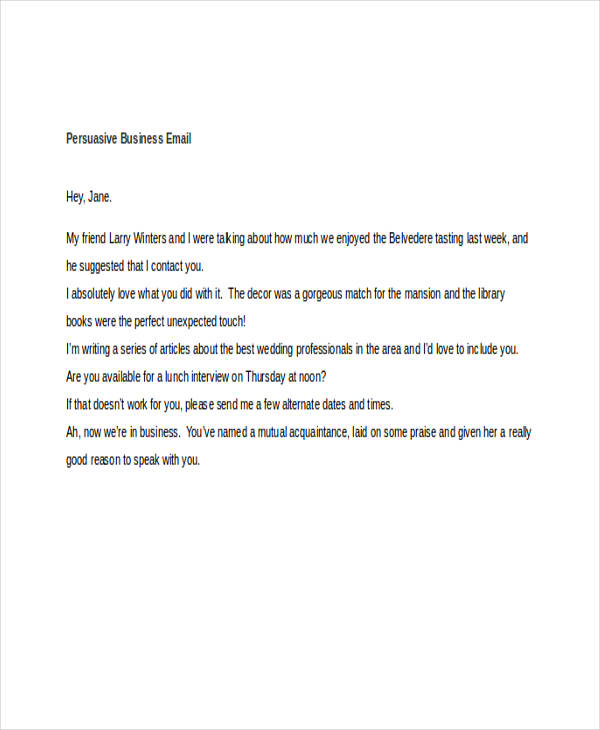25+ Business Email Examples to Download
As business communication etiquette goes, the ease of sending formal emails doesn’t necessarily mean it becomes easy for us to know what is proper to say in different contexts. This professional email form of instant communication allows an individual to present oneself or a company through a series of text.
Business Email Newsletter Template
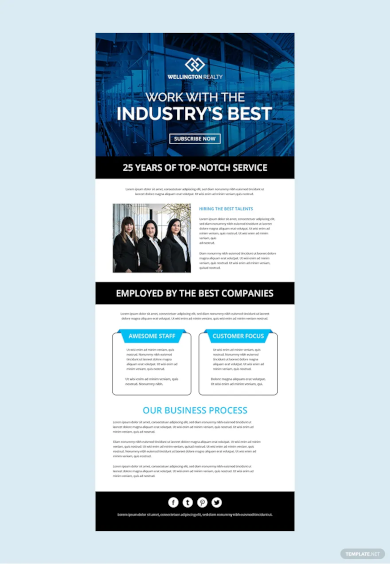
Business Email Letterhead Template
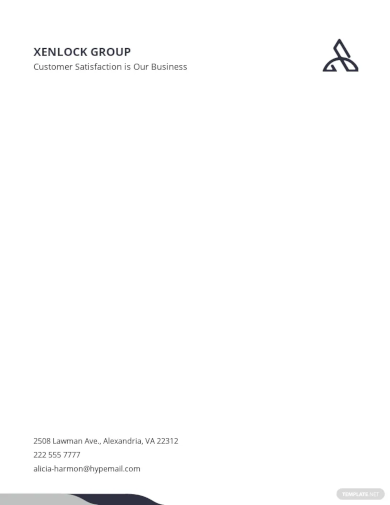
Business Email Memo Template
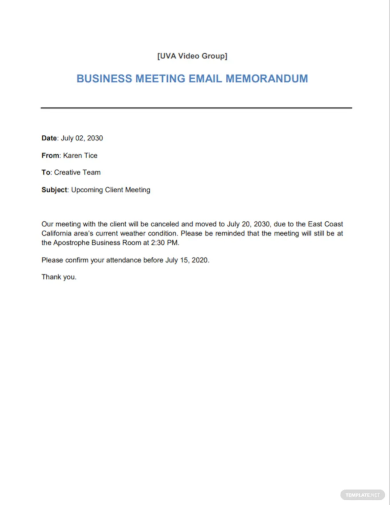
Business Email Voucher Template
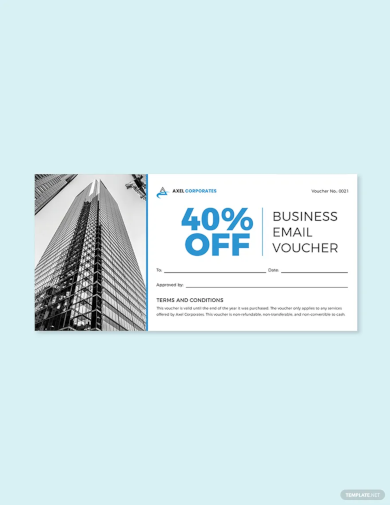
Business Email Invitation Template
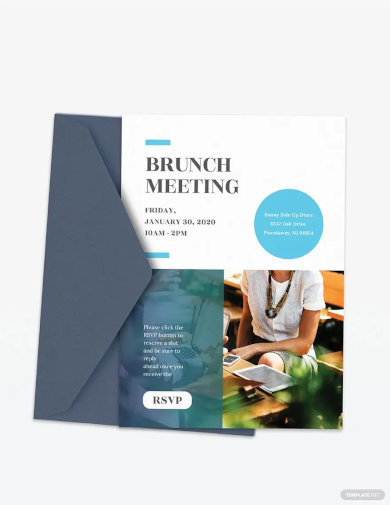
Elegant Business Email Signature Template
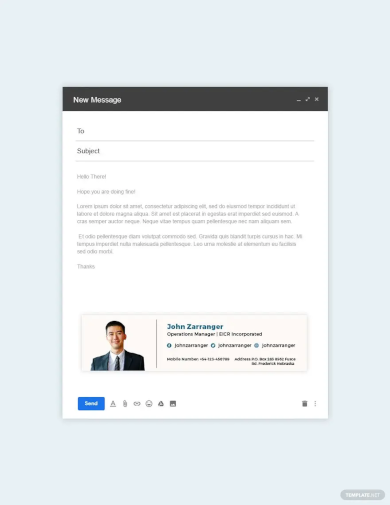
Small Construction Business Email Signature Template
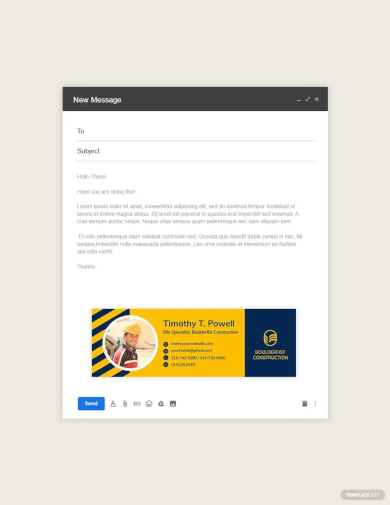
Free Minimal Business Email Signature Template
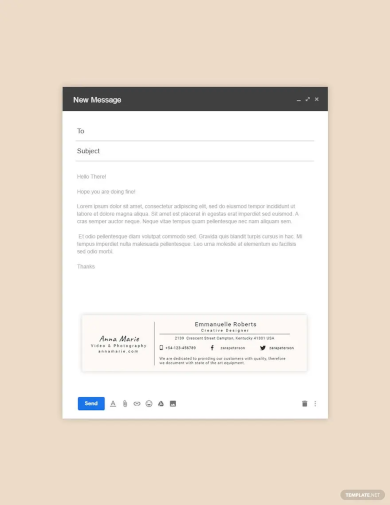
Business Consultant Email Newsletter Template

Business Consultant Email Signature Template
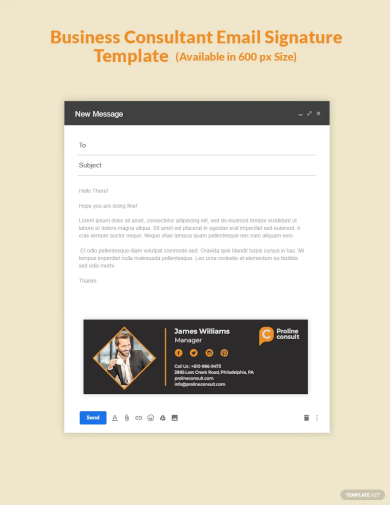
Business Coach Email Newsletter Template

Business Advisor Email Newsletter Template

Business Advisor Email Signature Template
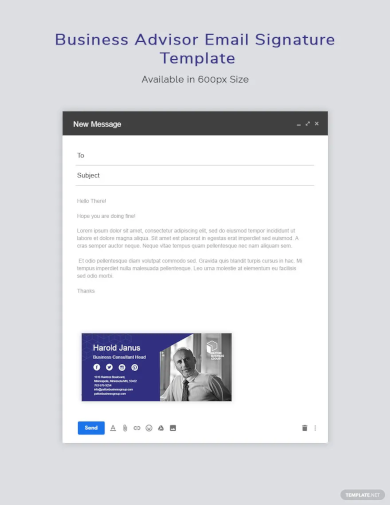
Business Networking Email Signature Template
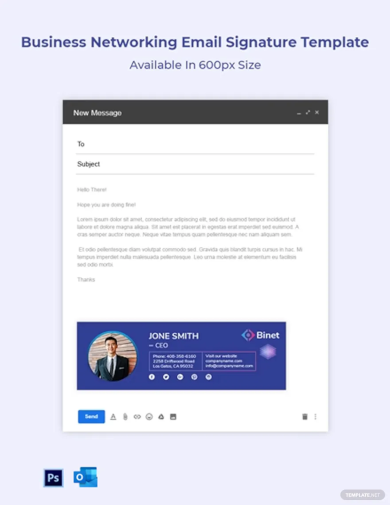
Business Responsive Email Signature Template
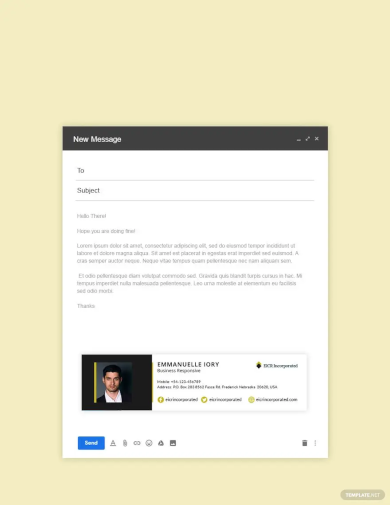
Free Business Coach Email Signature Template
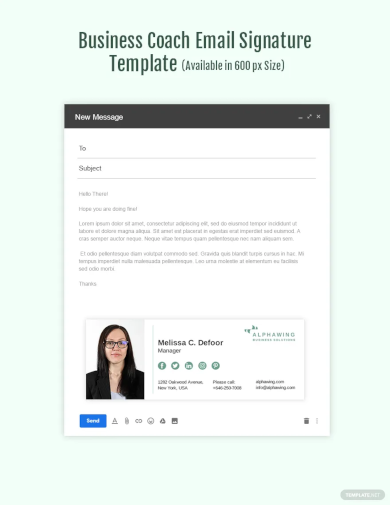
Small Business Example

Interview Email
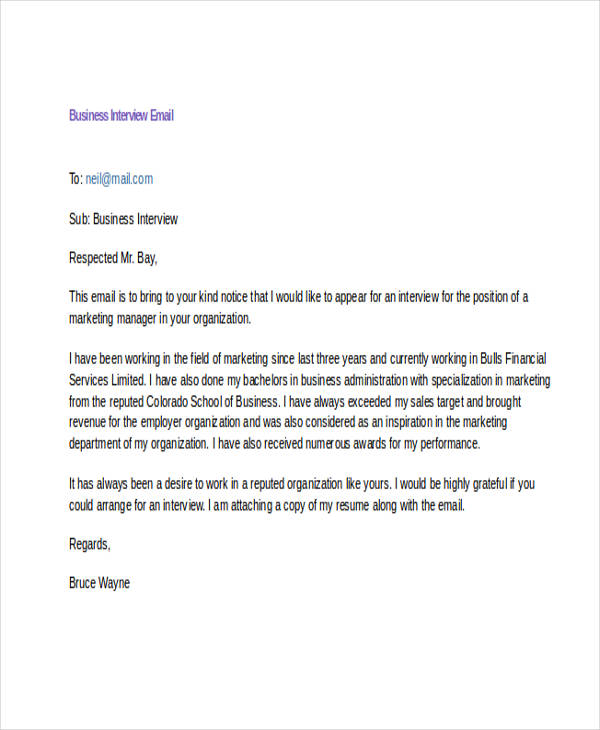
Free Business Sample

Introduction Email Example
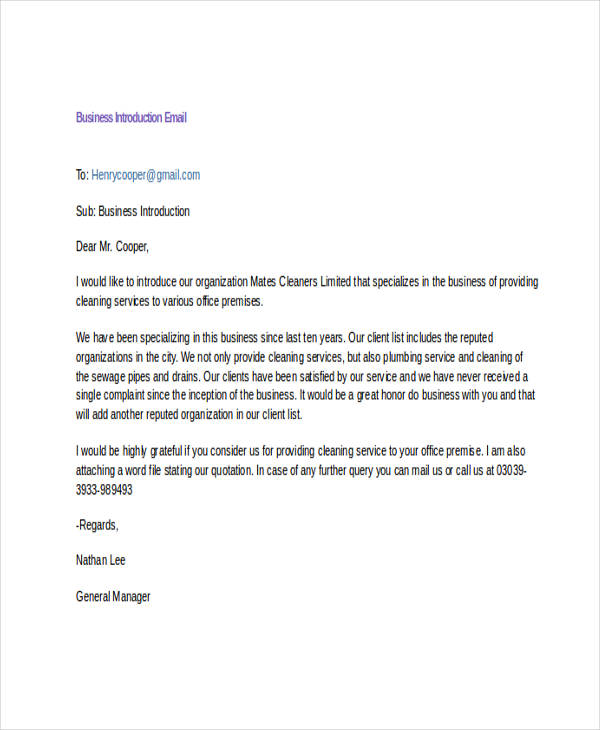
Reminder Business
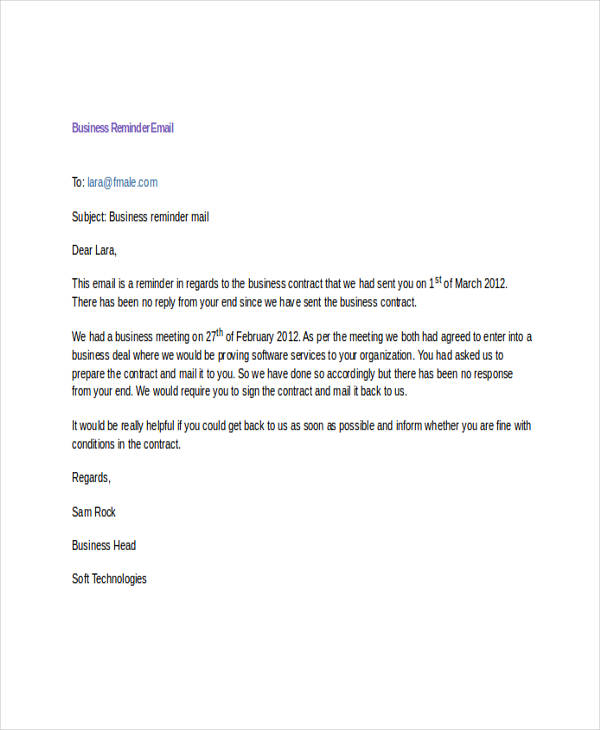
Formal Business Sample
Thank You Business Example
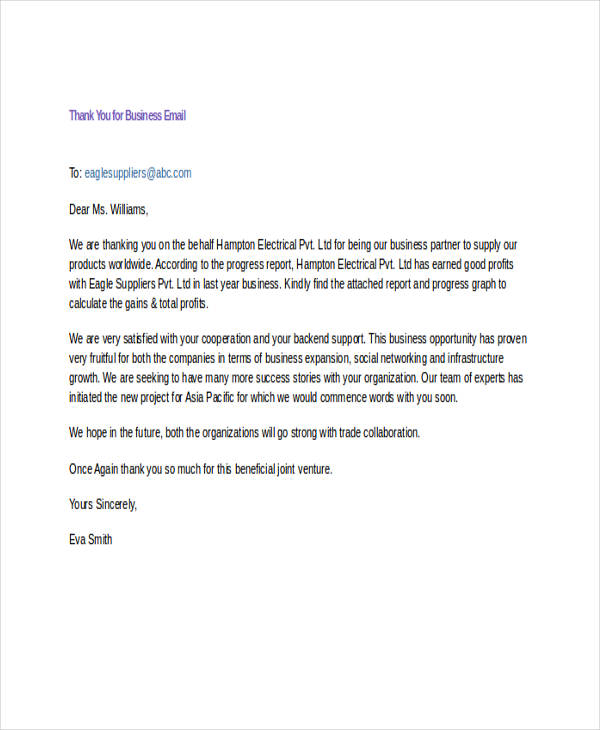
Persuasive Email
Expansion Business Sample
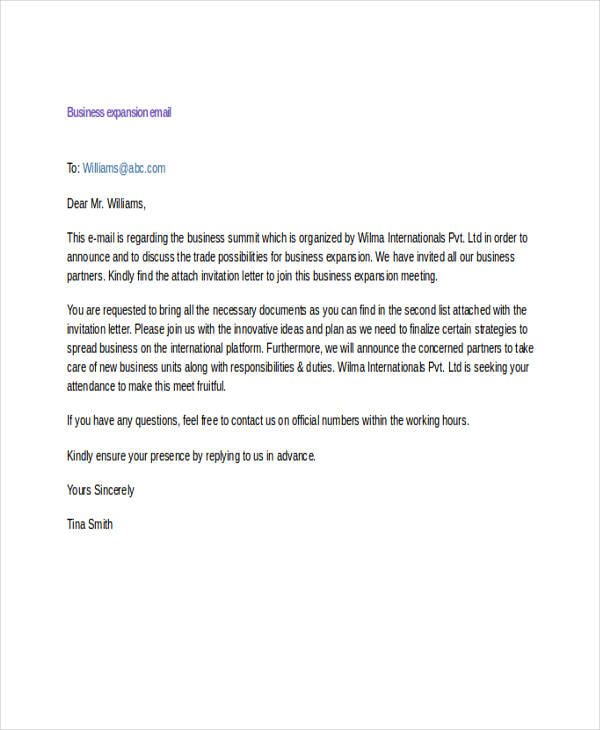
Follow Up Business Email
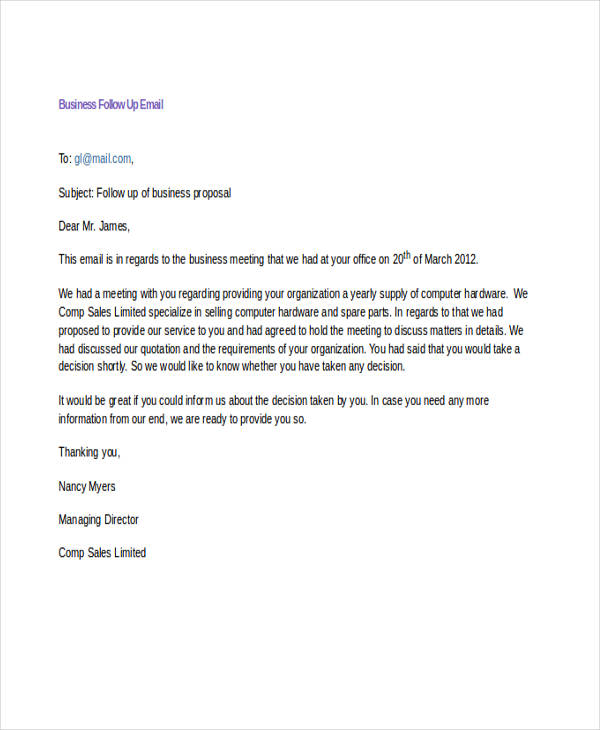
What Is a Business Email?
A business email writing is written and sent for several different purposes. It is an effective tool for communication in which information may easily be distributed through a single click of a button. This professional email form of instant communication allows an individual to present oneself or a company through a series of text.
How to Make a Business Email
We all know that we’re meant to start a speech templates with a bang. It’s quite different when you start a business email, as there are certain factors that need to be considered. Following these steps will help you make a professional business email examples.
Step 1: Make It Concise
The people who are receiving these business email writing will not have a lot of time to read the entire email. To get your point across, avoid making it too long or too redundant. No need to beat around the bush. Make it concise as well. State your purpose for writing.
Step 2: Start with a Positive Tone
Always start with a positive tone to set the business mood. Your recipient would most likely read your business email if it starts with a positive tone over a negative tone. Even when you’re about to deliver unpleasant news, you need to make your reader feel comfortable.
Step 3: End with a Call to Action
Do not simply end the email without providing a series of calls to action. It is most likely going to prove your email as unprofessional and something you must avoid. Always have a plan. Providing a call to action serves as a clear purpose for your email. It will encourage your recipient to act accordingly.
Step 4: Limit the Use of Emoticons
Limit the use of emoticons as they are only distractions in your email or don’t use any at all. Some business marketing email allow emoticons only if you have developed a good business relationship with your recipient. However, regardless of a good business relationship with your recipient, if your email is formal, avoid using them. This may also be used for emails that are more casual than they are formal.
FAQs
How to write a business email?
In a business email, it’s important to maintain professionalism. Start off by creating a brief and informative subject line. Your recipient must be able to grasp the gist of your email through this line. You may also see internship email examples & samples. The body of your email should be able to properly address your recipient and relay a message that may be easily understood. Finally, it’s best to include an email signature. This will provide your recipients with the significant details that they must know about you.
What is the use of an email in business communications?
Business executives no longer need to make announcements using printed materials. Urgent information is sure to arrive to its corresponding recipients at the nick of time. Additionally, it’s quick and easy to produce. You may also like format of an email message.
What should be avoided when writing a business email?
You might be sending an important email to your boss, so you wouldn’t want to start your emails in PDF with a random quote or joke. Address your recipient professionally by stating their name. You can be casual with the way you begin your email, as long as you still remain polite and respectful. A simple greeting won’t hurt; as a matter of fact, it’s considered to be more inviting.
There’s no denying that the use of an business meeting email has made it easier for a company to communicate with its internal and external forces. Although it can never replace face-to-face communication, it still serves as a good alternative for times when it is necessary. Employers may communicate with their employees efficiently and the same happens vice versa. It allows applicants to apply for jobs through email without having to visit the company’s office and wait to be entertained. It also serves as a good means of information dissemination.




